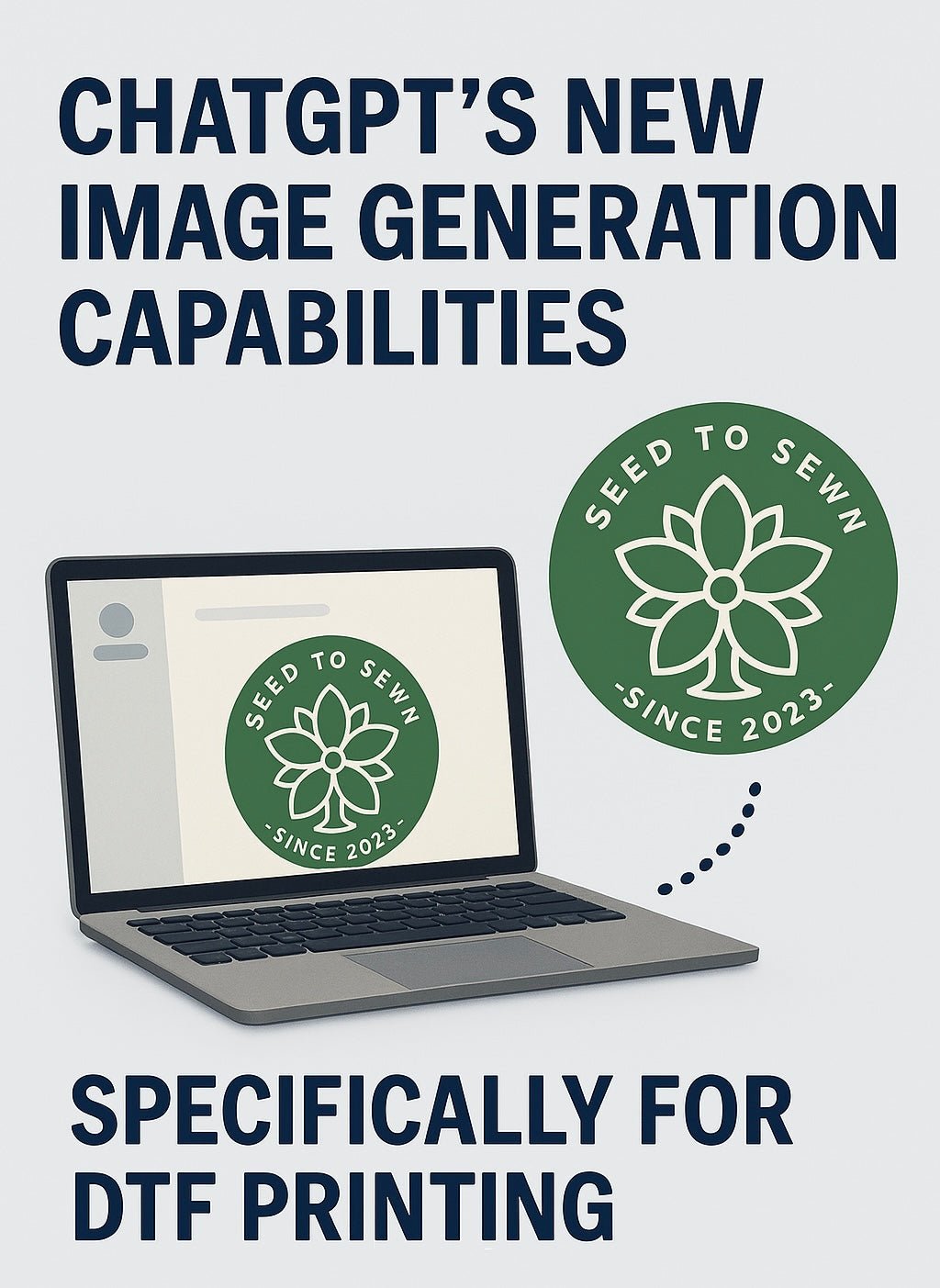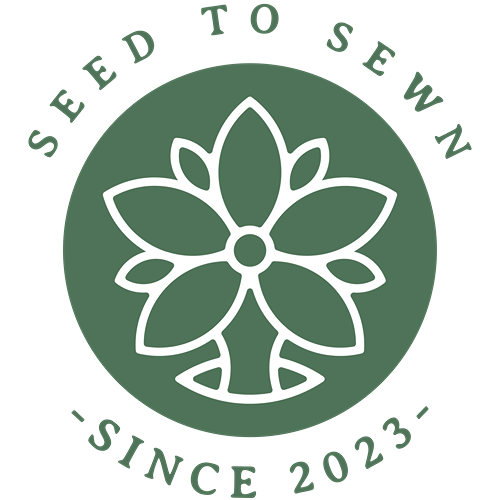
ChatGPT 4o - Image Generation Improvements
Share
ChatGPT’s Image Generation Capabilities
The new image generation feature in ChatGPT is powered by OpenAI’s GPT-4o model, which has been integrated into the platform to allow users to create images seamlessly within their chat interface. This development marks a significant improvement over previous models, offering more realistic and detailed image outputs. Users can now generate images by providing descriptive prompts, and the AI will render visuals that align closely with the given descriptions.
One notable aspect of this feature is its ability to render complex details and text within images accurately. This is achieved through an autoregressive approach, where the image is generated sequentially from left to right and top to bottom, similar to how text is written. This method enhances the coherence and quality of the generated images, making them suitable for professional applications.
Accessing the Image Generation Feature
The image generation capability is available to users across various ChatGPT subscription tiers, including Plus, Pro, Team, and Free. However, it’s important to note that due to high demand, the rollout to free-tier users has been delayed. OpenAI’s CEO, Sam Altman, acknowledged the unexpected popularity of the feature and indicated that free users would have access once the demand stabilizes.
To access this feature, users can simply input descriptive prompts into the ChatGPT interface, and the AI will generate the corresponding images. This integration streamlines the process, eliminating the need for separate image generation tools and allowing for a more cohesive user experience.
Applications in DTF Printing
For professionals in the DTF printing industry, ChatGPT’s image generation feature offers a valuable tool for creating custom designs. The ability to generate detailed and specific images based on textual descriptions allows for greater flexibility and creativity in design development. Whether creating intricate patterns, unique graphics, or personalized artwork, users can leverage this feature to produce high-quality images suitable for DTF printing applications.
Furthermore, the AI’s capability to render text within images accurately ensures that any textual elements in the designs are clear and legible, which is crucial for producing professional-grade prints.
Considerations and Limitations
While the image generation feature presents exciting opportunities, users should be aware of certain limitations and ethical considerations. For instance, the AI has restrictions on generating images of real people, especially public figures, to prevent misuse and protect privacy. Additionally, there have been instances where the AI’s content moderation policies have led to inconsistencies, such as differing responses to prompts involving male and female subjects.
Users are encouraged to use the feature responsibly and adhere to OpenAI’s usage policies, which aim to prevent the generation of harmful or inappropriate content.
Conclusion
OpenAI’s integration of image generation capabilities into ChatGPT represents a significant advancement in AI-driven design tools. For professionals in the DTF printing industry, this feature offers a powerful resource for creating customized and high-quality designs. As the technology continues to evolve, it is expected to further enhance creative workflows and open new possibilities in digital design and printing.
